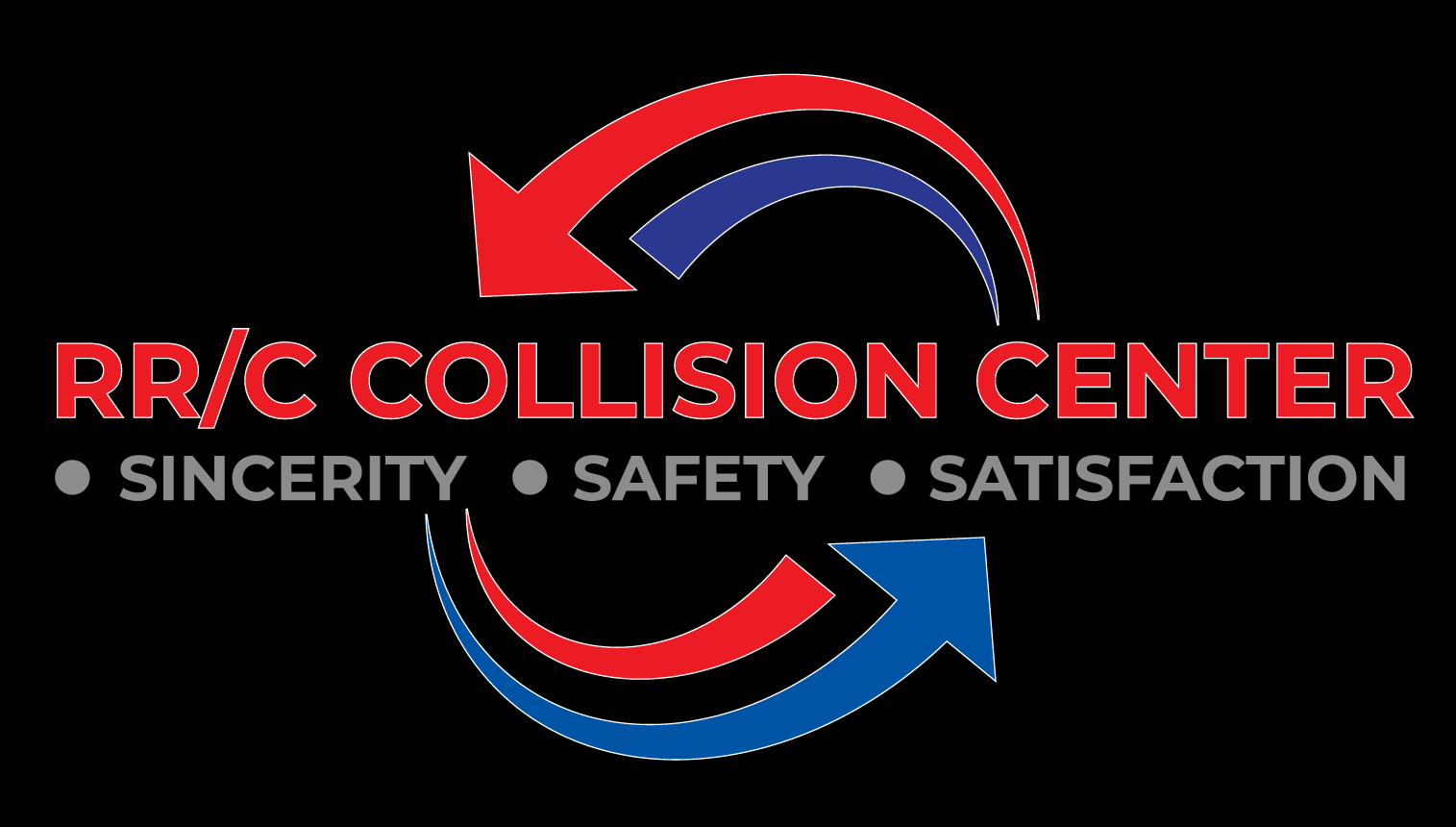Winter weather can be harsh and unforgiving, not just for drivers on the road but also for their vehicles. The cold temperatures, ice, and road salt commonly associated with winter can have a significant impact on the condition of your vehicle, leading to potential collision damage. In this article, we will explore the effects of winter weather on collision repairs and provide tips on how to effectively address winter-related damage.
Effects of Cold Temperatures
Extreme cold temperatures can affect various components of your vehicle, including its body panels, paint, and mechanical parts. Cold weather causes materials to contract, which can lead to cracking or breaking of plastic components, such as bumpers or mirrors. Metal parts may also become brittle, increasing the risk of damage in a collision. Additionally, low temperatures can affect the flexibility of paint, leading to chipping or peeling.
Impact of Ice and Road Salt
Icy road conditions are a common hazard during the winter months. When vehicles slide or collide on icy surfaces, it can result in significant damage to the body and structural components. Ice can cause dents, scratches, and even structural deformities, necessitating collision repairs.
Road salt is commonly used to melt ice and improve traction on roadways. However, while salt can help prevent accidents, it can also contribute to corrosion and rust formation on the vehicle’s undercarriage, suspension components, and body panels. The corrosive effects of salt can weaken the integrity of these parts, increasing the risk of collision damage.
Addressing Winter-Related Damage
If your vehicle has sustained winter-related collision damage, it is essential to address it promptly to prevent further issues. Here are some steps to take:
- Document the damage: Take detailed photographs of the affected areas to provide evidence for insurance claims and repair estimates.
- Contact your insurance company: Report the incident and provide them with the necessary information to initiate the claims process.
- Choose a reputable collision repair shop: Look for a shop with experience in handling winter-related damage and ensure they have the necessary certifications and qualifications.
- Follow manufacturer guidelines: Work with the repair shop to ensure that all repairs are performed according to the manufacturer’s specifications and recommendations.
- Consider rust prevention measures: Discuss with the repair shop about applying rust inhibitors or protective coatings to vulnerable areas of your vehicle to prevent corrosion caused by road salt.
In conclusion, winter weather can have a significant impact on collision repairs. The cold temperatures, ice, and road salt can cause damage to various parts of your vehicle. By understanding these effects and taking proactive measures, you can address winter-related damage effectively and ensure the longevity of your vehicle. Stay safe on the roads this winter!
